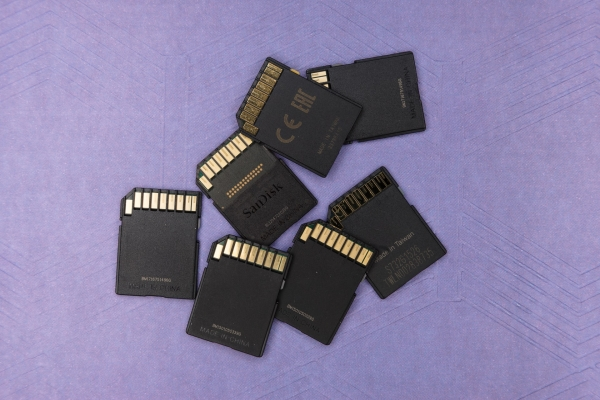If your business or organisation works with a lot of video, image or text files, you need to know the right way to share large files safely and securely. Without a clear understanding of how to share large files, you could be at risk of losing files or missing deadlines for transferring files to clients and colleagues. Here are four simple tips for sharing large files, including security, file size limits and file organisation.
If you're sharing large files via email, it's important to be aware of the email provider's file size limits. Gmail's file size limit is 25 megabytes. If your attached files collectively reach 25 megabytes, any other files attached after this point will be linked as Google Drive files. For Outlook emails, the file limit is 20 megabytes, and for Exchange business emails, the limit is 10 megabytes.
For larger files, such as videos, you might choose to send via a file transfer service, such as WeTransfer. However, these services also have limits – 200GB for WeTransfer – and are more suitable for sole traders and small businesses than organisations receiving, sharing and collaborating on a considerable number of files.
When sharing large files, another important tip to remember is that you can compress files. To compress large files on your Windows computer:
To compress large files on your Mac computer:
This process can drastically reduce the size of your file, so in most cases, you should be able to attach it to your email successfully. However, this should generally be used as a short-term fix, because it doesn't resolve the issues of organising and protecting your large files in the long term. For that, you'll need a digital asset management system in place.
As Gmail automatically sends large files via a Google Drive link, using Google Drive or OneDrive for sharing large files is often the quickest option.
And you can share directly from the Cloud:
You can also insert Google Drive files within the Gmail app by clicking on the 'Insert files using Drive' icon. The same can be achieved with OneDrive files in Outlook by clicking the 'Attach File' button.
Whilst the cloud is a great solution for sharing large files, it doesn't have the full organisational and security options of a DAM.
If your organisation or business frequently works with large files, utilising the features of digital asset management software (DAMs) is a must. DAMs feature everything you need to manage your files in one spot.
As well as sharing files, you can also edit and collaborate on files, and organise your documents clearly within company guidelines, so you'll never lose sight of an important document again. DAMs, like iBase, also include powerful search features and intensive security, so no one can gain unauthorised access to your files.
Want to share large files securely? iBase's sophisticated security program gives you complete control over who can access, download and make changes to your files. With iBase, you can have complete peace of mind as you collaborate and share files with users internal and external to your organisation.
If you're ready to learn more, get in touch with our team for a demo today.
